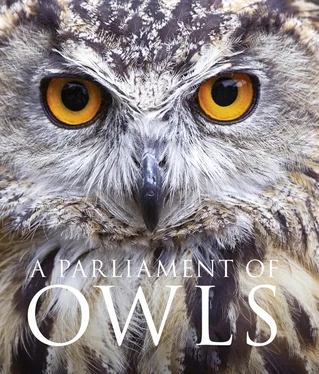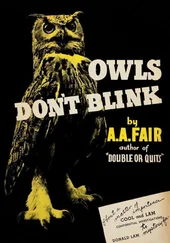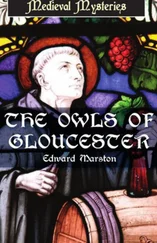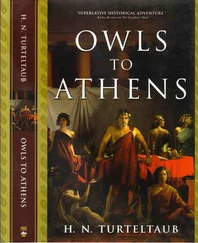Owls up close
It is easy to recognize an owl. Although individual species may be hard to tell apart, the big head, round face, and forward-facing eyes make all owls instantly recognizable as such and immediately distinguish them from other birds. In order to appreciate just how unusual these predators are, however, you need to take a closer look.
An owl’s distinctive face holds several clues to its unusual way of life. The eyes are proportionally among the largest of any animal—up to 2.2 times the size of those of similar-size birds—and, in the largest species, larger even than our own eyes. They are more tubular than spherical, thereby allowing the maximum area for the retina, which is packed with the rods that allow the acute low-light sensitivity required to operate in near-darkness (although owls do not have high-resolution color vision). Forward-facing, like human eyes, these eyes also provide the binocular vision essential for depth perception when targeting prey. You will often see an owl bob and weave its head, in order to improve this focus. However, you will not see it turn its eyes, as they are locked into their sockets by sclerotic rings of bone. Instead, therefore, owls have evolved the celebrated ability to turn their heads by up to 270 degrees in order to view objects around and behind them.

A Barn Owl hunting over a cattle pasture proves that owls can thrive in human landscapes, if suitably managed.
Perhaps even more impressive than an owl’s eyesight is its hearing. This is powered by unique adaptations, of which the most obvious is the facial disk: the circular arrangement of feathers, bordered by a raised rim, which forms a concave saucer around each eye and gives an owl its distinctive face. The facial disk works like a satellite dish, capturing sound and directing it to the ears. These are not the feathered tufts on top of the head, however, but large vertical openings at either side of the facial disk, hidden from view by feathers. Not only are they proportionally the largest ear openings of any bird, with an exceptionally large inner ear, but they are also—unusually among vertebrates—positioned asymmetrically, with one higher than the other. This produces a time lag in the auditory signals reaching an owl in both the vertical and the horizontal plane, thus giving the bird an exceptional ability to pinpoint the direction of a sound. The hearing of a Barn Owl is at least ten times more powerful than our own, and laboratory experiments have proven that it can locate and strike prey in pitch darkness by sound alone.
Contrary to popular belief, owls do not use echolocation, the technique employed by bats to navigate in darkness by bouncing sounds off their surroundings. Owls have no need with such astonishing hearing. A Great Grey Owl
perched on top of a tree can hear the movement of an invisible vole beneath a layer of snow, 30 feet (10 m) below, and swoop down to it, through the snow, with unerring precision.
An owl’s hunting weaponry is similar to that of a diurnal raptor. The beak is longer than it appears, concealed behind a spray of fine feathers. Its sharply hooked tip serves both to kill prey with a bite and to tear it into pieces. It is set a little below eye level, and tilted downward to avoid impeding the binocular vision. The talons have long, needle-sharp claws, which seize, crush, and kill prey, and also provide a vice-like grip while the bill gets to work. Larger owls have frighteningly powerful feet: the talons of a Great Horned Owl
may exert a pressure that is around the same as the bite of a Rottweiler and at least eight times stronger than a human hand. Owls’ toes have a zygodactyl arrangement, with two facing forward and two facing back, unlike most other birds, which have three forward and one back. Some owls’ feet have specific adaptations: the toes of fishing owls, for example, are lined with sharp scales called spicules, which help to grip their slippery prey.
This hardware is protected by feathers, and an owl’s plumage is remarkable for various reasons. Most species sport cryptic camouflage markings, with a complex tapestry of spots, bars, streaks, and vermiculations in various tones of brown, gray, ocher, and cream that serve both to replicate the birds’ background—typically a roosting spot against fissured, lichen-covered bark in dappled forest light—and to obliterate any impression of form. The ear tufts of many species, which can be lowered or erected as required, are thought to enhance this camouflage by increasing the “broken stump” appearance. It has been suggested that they make the owl’s outline appear more like that of a potentially dangerous mammal, such as a marten, and may also help to express mood. Some owl species come in different color morphs, typically brown, gray, and rufous, which tend to reflect geography, the gray morphs occurring further north. Alongside this camouflage, owls also have markings that are designed to be seen. Bold white eyebrows and black eye-rings make the facial expression all the more intimidating, while a white throat puffed out while calling may help attract a mate and deter a rival. Some species in the Glaucidium genus of pygmy owls even have false eye-markings on their nape, creating an occipital face that may give a potential predator pause for thought.
An owl’s plumage also has some very practical adaptations. Many species have tarsi (lower legs) feathered down to the toes, which protects them both from the bites of their prey and from the extremes of the cold climate in which they hunt. Fine hair-like feathers around the bill, called filoplumes, provide extra tactile sensitivity in tackling prey. In addition, and uniquely among birds, the flight feathers of most owls have special sound-proofing modifications—fine feather filaments that dampen onrushing air and a downy surface layer that absorbs high-frequency sound—that enable them, like silent assassins, to approach prey noiselessly. The wings of many species are long and broad, giving them the low-wing loading (body weight to wing area ratio) necessary to stay airborne while slowly quartering the ground for prey.
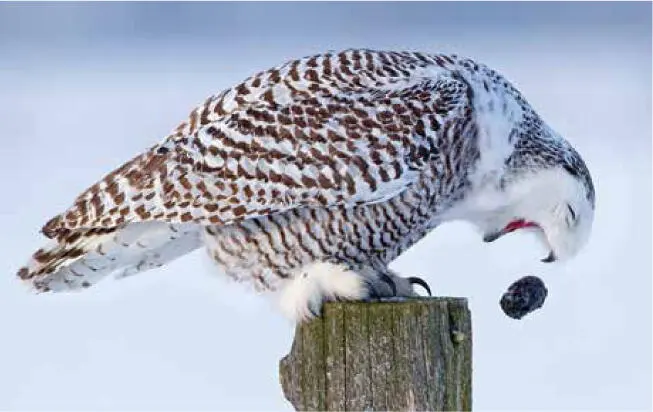
A Snowy Owl coughs up a pellet containing the indigestible parts of its prey.
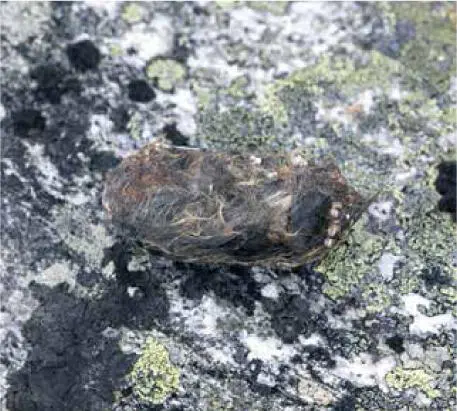
How owls live
Owls, famously, fly by night, although not exclusively and not all of them. Some 69 percent of species are primarily nocturnal. Many others are more crepuscular, hunting by dusk and dawn, while 3 percent are properly diurnal. By day, most hide away in a roost, usually individually or in pairs, but a few species, such as the Long-eared Owl
, form small colonies outside the breeding season. Most owls are also sedentary, remaining more or less in the same place all their life. A few northern species are nomadic, however, making irregular seasonal movements if the weather turns against them or if their prey disappears, and a few are full migrants, including the Common Scops Owl
, which migrates every year between southern Europe and central Africa.
Most owls hunt either by swooping down from a perch upon unsuspecting prey or by flying slowly over open ground and dropping upon anything that their sharp hearing and eyesight detect. There are numerous other techniques: some species use agile flight to capture moths, bats, and even birds in flight; others pluck insects and frogs from the forest foliage or pull earthworms from the ground. Fishing owls are especially adapted for their task, watching for the ripples of their slippery prey, then pouncing into the shallows to grab it; these owls have bare legs, to prevent water-logging, and no full facial disk, as they do not need hearing to make a catch.
Читать дальше
